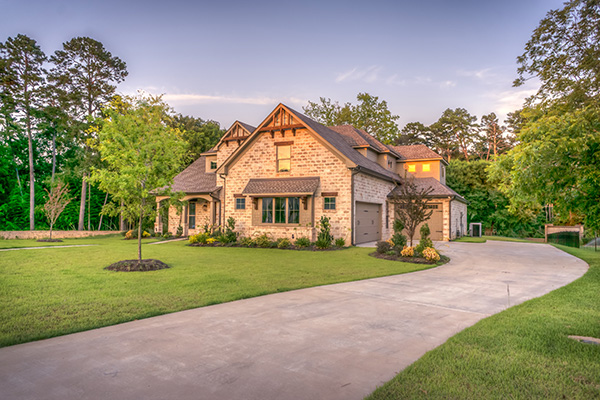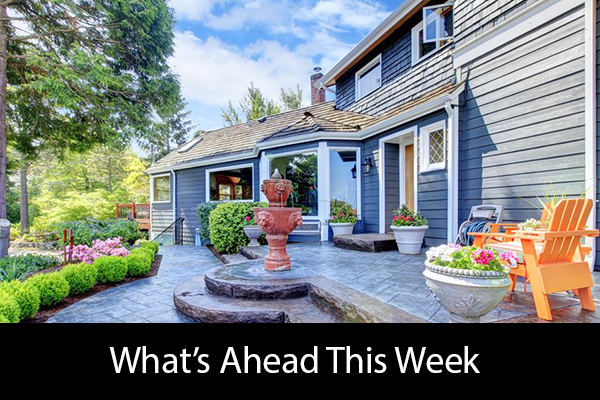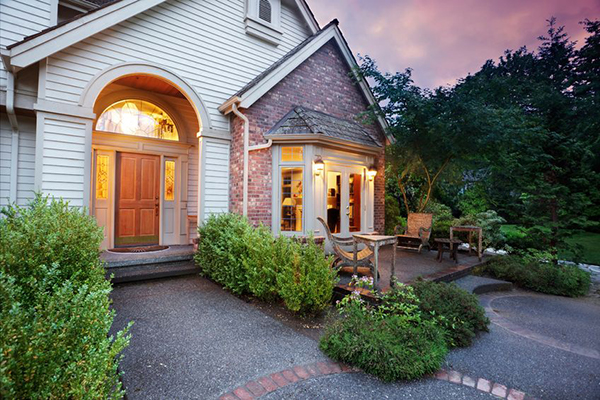 According to Case-Shiller national and 20-city home price indices for October, home prices continued to rise. National home prices rose 0.70 percent for the three months ending in October. Year-over-year, national home prices increased by 6.20 percent. The 20-City Home Price Index also rose by 0.70 percent in October and reported a year-over-year increase of 6.40 percent.
According to Case-Shiller national and 20-city home price indices for October, home prices continued to rise. National home prices rose 0.70 percent for the three months ending in October. Year-over-year, national home prices increased by 6.20 percent. The 20-City Home Price Index also rose by 0.70 percent in October and reported a year-over-year increase of 6.40 percent.
The top three metro areas in the 20-City Index were Seattle, Washington with a year-over-year increase of 6.40 percent; Las Vegas Nevada followed with year-over-year home price growth of 10.20 percent. San Diego, California had the third highest home price growth rate at 8.10 percent year-over-year.
The year-over-year percentage increase was 1.30 percent below the all-time high reading for the 20-City Index.
Home Price Growth, Sales Could Face Headwinds in 2018
David M. Blitzer, CEO of the S&P Indices Committee, said that 2018 may bring challenges to home price growth. Mr. Blitzer said that while strong labor markets, economic growth, and low mortgage rates were major factors driving home price growth, higher mortgage rates are expected next year. Rising rates would make buying a home less affordable for some. Home price growth continued to outstrip inflation and income growth.
Mr. Blitzer cited an Urban Institute report that indicated that high-priced metro areas may compel would-be home buyers to consider renting. High-demand metro areas are subject to high rates of buyer competition and bidding wars can drive affordable home prices beyond the reach of first-time and moderate-income buyers. Significant numbers of buyers turning to rentals could drop the demand for homes and possible ease the rate of home price growth.
Analysts expected home prices to continue increasing due to low supplies and high demand. Millennials are entering their home-buying years and relatively low mortgage rates have supported affordability, but higher mortgage rates and continued competition from investors and cash buyers could stifle demand for homes in the new year.
 Home builders surveyed by the National Association of Home Builders expressed their highest level of confidence in housing markets since 1999. The index reading for housing market conditions in December hit 74, which exceeded November’s reading of 70. Analysts expected a flat reading of 70 for December. Readings over 50 indicate improvement in housing market conditions.
Home builders surveyed by the National Association of Home Builders expressed their highest level of confidence in housing markets since 1999. The index reading for housing market conditions in December hit 74, which exceeded November’s reading of 70. Analysts expected a flat reading of 70 for December. Readings over 50 indicate improvement in housing market conditions. Last week’s economic reports included NAHB Housing Market Indexes along with readings on housing starts, building permits and existing home sales. Weekly readings on mortgage rates and new jobless claims were also released.
Last week’s economic reports included NAHB Housing Market Indexes along with readings on housing starts, building permits and existing home sales. Weekly readings on mortgage rates and new jobless claims were also released.
 Last week’s economic reports included Case-Shiller’s Home Price Indices, readings on new and pending home sales and Freddie Mac ‘s weekly mortgage rates report. Weekly jobless claims and reports on inflation and core inflation were also released.
Last week’s economic reports included Case-Shiller’s Home Price Indices, readings on new and pending home sales and Freddie Mac ‘s weekly mortgage rates report. Weekly jobless claims and reports on inflation and core inflation were also released. Case-Shiller reported higher sales of new homes for July; the national reading for new home sales increased by 0.10 percent to a seasonally-adjusted annual rate of 5.90 percent. The 20-City Home Price Index rose by 0.20 percent to 5.80 percent on a seasonally adjusted annual basis.
Case-Shiller reported higher sales of new homes for July; the national reading for new home sales increased by 0.10 percent to a seasonally-adjusted annual rate of 5.90 percent. The 20-City Home Price Index rose by 0.20 percent to 5.80 percent on a seasonally adjusted annual basis.